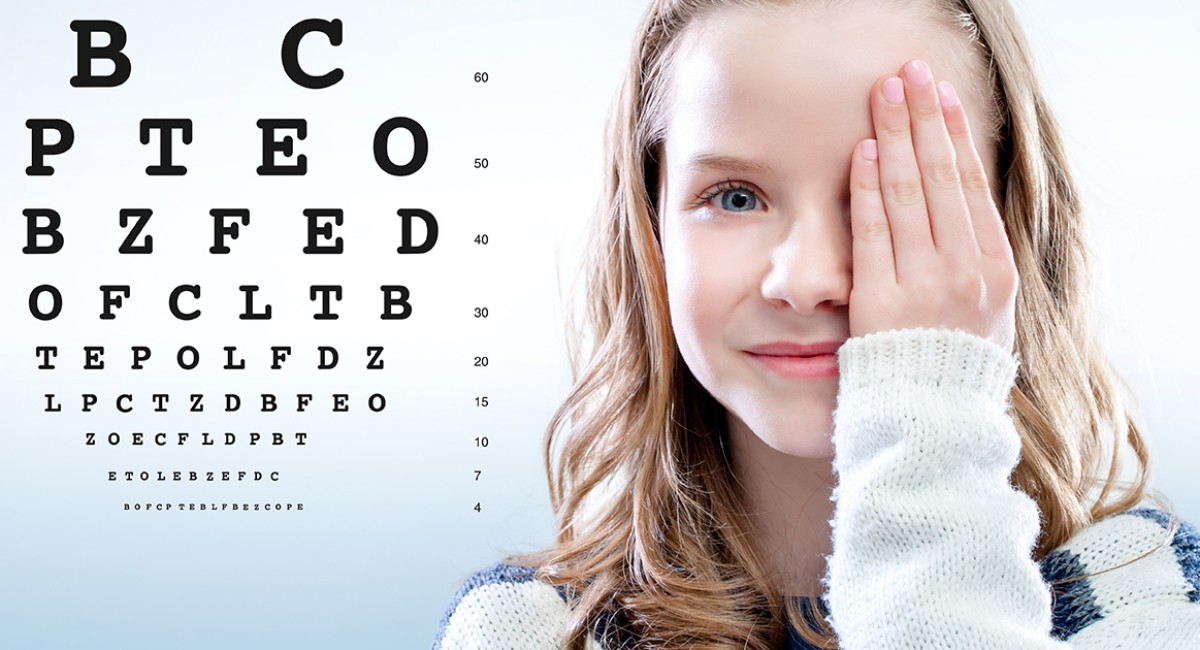The Preschool And School Age Exams

For children between the ages of 3 and 5, the eye doctor will conduct a physical exam of the eyes and also do vision screenings using eye chart tests, pictures, letters, or the “tumbling E game”, which tests the child’s visual acuity, or ability to see form and detail of objects.
The “tumbling E game”, also called the Random E’s Visual Acuity Test is useful in determining the eyesight of children who cannot yet read. The child is asked to identify the direction that the letter “E” opens to by holding out three or four fingers to mimic the letter “E.” You can practice this test at home before your appointment.
If your child is a bit older, he or she may be asked to identify pictures such as a plane, a house, a duck, or a hand. Correcting poor visual acuity is very important in a child’s sight development.
A complete examination includes a refraction. This testing may be manual or automated and verifies if glasses would help the individual see better. Next there is a thorough evaluation of the front and back of the eye using a microscope.
Next, we will check your child’s pupils, peripheral vision, eye movements, and stereo vision (3 D vision). Drops will then be placed in the eyes to enable the doctor to assess the health of the back of the eye and also offer a correct refraction (glasses prescription). It takes between 20-30 minutes for the drops to have their maximal effect. While this is taking place, your child may play in the waiting area.
These dilating drops may keep the pupils large and blur near vision for up to 10 hours or longer (although it typically lasts no longer than 4 hours).